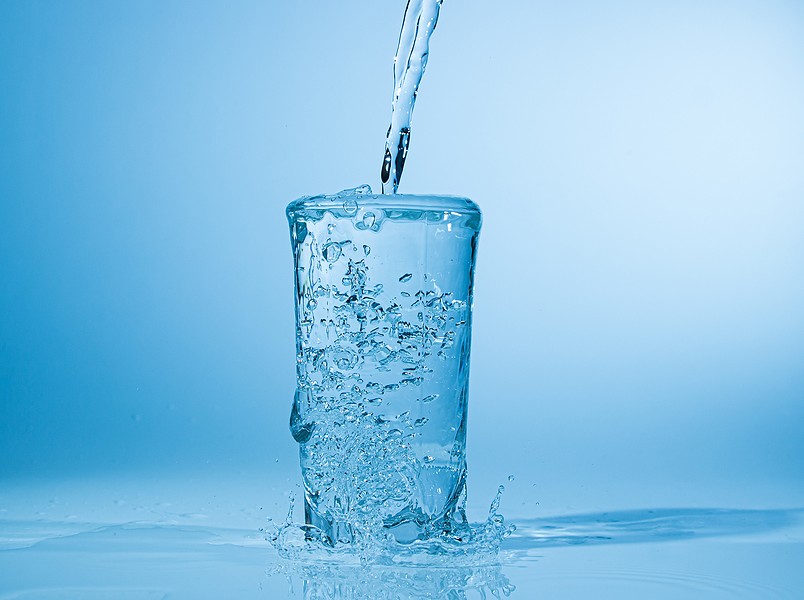News
What Is Greywater Reuse?
As the last few weeks have demonstrated, with the driest start to spring seen since 1893 and the warmest June on record for England, the UK should perhaps start bracing itself now for what the future holds.
As temperatures continue to climb in line with climate change and as we continue to see increased urbanisation, pollution and population growth, pressure on water supplies around the country will continue to grow.
It’s predicted that we will face a deficit of five billion litres of water per day come 2055, which means we will need to enact both social and cultural change as soon as possible in order to address this situation and ensure that sufficient resources flow to support life in the 21st century.
The Environment Agency has called on water suppliers to focus on customer demand management and water leak detection and repair in order to save 60 per cent of the projected five billion litre daily shortfall, while the remaining 40 per cent will come from boosting supply, such as via water transfer schemes and new reservoir construction.
However, both individuals and businesses also have their own individual responsibilities when it comes to water conservation and we will all need to reduce our water use in the future in order to safeguard resources for future generations.
One particularly effective strategy that would work well for both domestic and non-domestic customers is greywater reuse, where the runoff from washing machines, showers and baths is used to reduce pressure on mains water supplies.
What is greywater reuse?
Greywater recycling involves taking wastewater from normal household activities such as running the dishwasher or washing machine, having a bath or shower or doing the washing up in the skin (which makes up the majority of a household’s wastewater) and using it instead of mains water.
It’s significantly easier to treat and reuse than blackwater (that which has come into contact with human waste) because it doesn’t contain any faecal matter. It can be used in a variety of ways to help you decrease water usage, which not only helps the environment but should also save you money on your bills at the same time.
Note that you can never use greywater for drinking even once it’s been treated, but it can be utilised for various different applications, both domestic and commercial.
Greywater can be used for:
– Direct use systems, such as watering the garden. You can siphon it directly from the sink or bath or you can direct the water to a water butt via a valve that leads to the external waste pipe.
– Toilet flushing, where you have a greywater pump fitted that takes greywater away from sinks, baths, showers and washing machines and transporting it to a storage tank where it can be treated before being diverted to the toilet cistern or to the washing machine.
– Washing clothes, where reclaimed greywater has been treated sufficiently and plumbing installed to redirect the supply to where it’s required.
Alastair Chisholm, director of policy at the Chartered Institution of Water and Environmental Management, told the Guardian that greywater reuse for toilet flushing, for example, could reduce individual consumption to 80 litres per day.
He is now calling for the government to implement a national rainwater management strategy where new-build properties are mandated to limit per-person consumption to 80 litres per day via new pipes and fittings that allow greywater or rainwater recycling.
As the news source observes, countries that face drought conditions regularly have already prioritised greywater reuse. For example, Cyprus – one of Europe’s most water-stressed countries – uses such technology to reduce domestic consumption by 50 per cent.
And in Japan, toilets feature hand basins set in the top of the cistern, a common greywater reuse system that allows water used to wash hands to form part of the refill volume in the toilet.
What can businesses do?
Water recycling strategies (including both greywater and rainwater) are particularly good options for businesses of all kinds, potentially helping you to save up to 50 per cent on water-related costs.
Bringing in innovative systems such as these means you can reduce your water bills quite significantly, reduce your water consumption, build greater resilience into your operations and improve your green credentials to improve brand reputation.
If you’d like to find out more about greywater reuse and how you could benefit, get in touch with the H2o Building Services team today.
